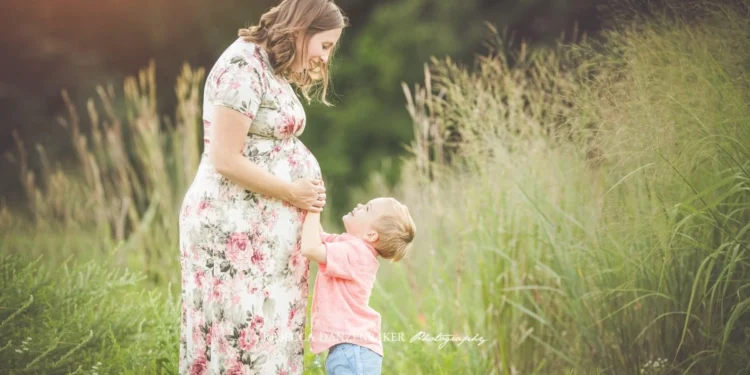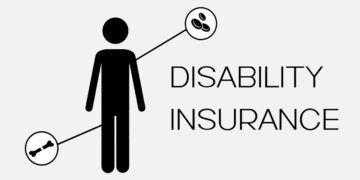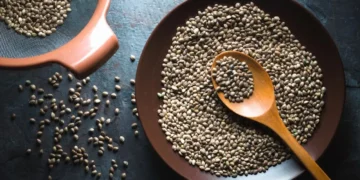Natural baby rearing practices have seen a surge in popularity in recent years, and these trends have helped many families make decisions about how they want to birth and care for their children. It has also, however, introduced a wider population of parents to potentially risky practices that can put their children at risk.
While some trends undoubtedly exist in a grey area, it’s important to be well-informed about your choices. These are some of the best practices and worst offenders in the natural parenting world – and a few popular players that really don’t matter much at all.
Bad Health Hazard: Amber Teething Necklaces

Every parent wants to relieve their children’s pain, and teething discomfort can be pure torture for everyone involved. It’s no surprise, then, that some have fallen prey to the claims of amber teething necklaces.
Amber teething necklaces have been promoted as a way of relieving teething pain, supposedly because they will release anti-inflammatory succinic acid when worn against the skin. Unfortunately, there are several problems with this claim. First, Baltic amber doesn’t release succinic acid due to skin contact, and second, even if it did, succinic acid isn’t anti-inflammatory in nature.
Of course, simply being ineffective isn’t a terrible thing, and if that was all that amber teething necklaces were guilty of, they wouldn’t make this list. Rather, the real problem with these necklaces is that they can pose a serious choking hazard. Amber teething necklaces can be quite rigid and have been known to hurt babies when they change positions or by becoming too tight as the child grows.
Big Benefits: Breastfeeding
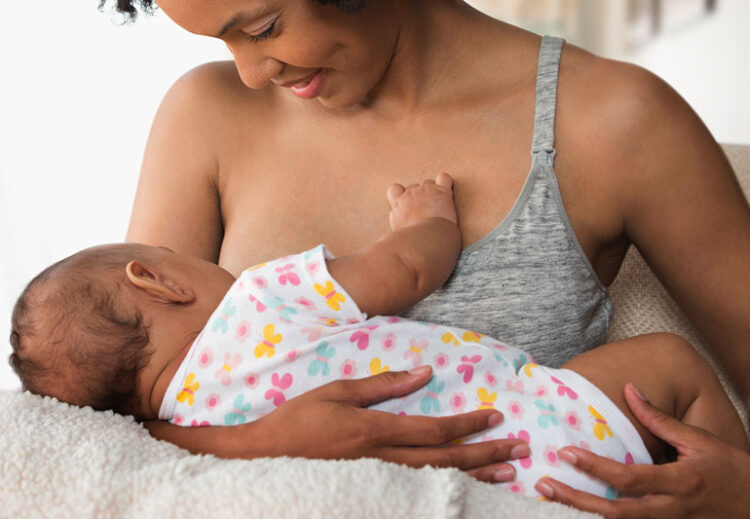
We’ve long known just how beneficial breastfeeding is, but one of the major advantages of increased interest in natural parenting is that more families are taking these benefits seriously. In particular, breastfeeding can enhance your baby’s natural immunity, can reduce the likelihood of obesity, and can even protect against a variety of childhood illnesses, like ear and respiratory infections. Click here to learn more about the benefits of breastfeeding.
Breastfeeding can, of course, be very challenging, so even if you’re determined to breastfeed during your child’s first year, you may need some support. Increased normalization of things like public breastfeeding or pumping at work have also helped improve conditions for mothers trying to do the right thing for their babies.
Wear With Care: Baby Slings
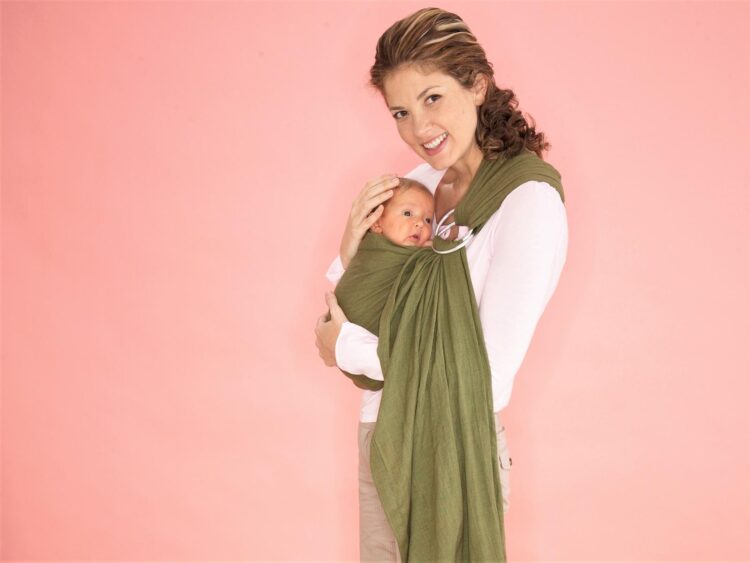
Baby slings are a tricky item from a safety perspective because many people equate simple baby slings to more elaborate baby wearing wraps.
Baby slings are risky because they aren’t secure enough and increase the risk that a baby will fall from the carrier, leading to skull fractures and other injuries. This is much more likely to happen because a sling is hard to structure and can’t really be changed to fit your baby as they grow. They aren’t wrapped securely, but have a fairly generic fit.
A baby wrap, on the other hand, takes some added skill to put on, but can be used to securely carry your child for years, as the wrap is large, can be used in many ways, and safely distributes the weight of a larger child. When babywearing advocates talk about the practice, they are typically talking about using a wrap-style carrier.
Free Birth – A No Go
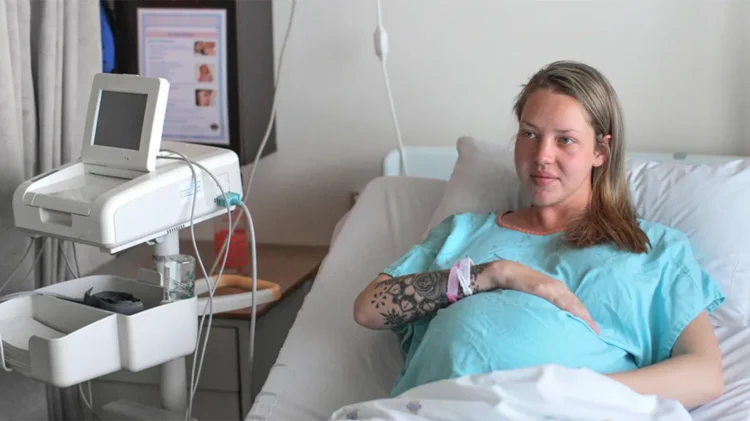
The United States has a disproportionately high maternal mortality rate, much higher than similar industrialized nations, and as a result, many women are exploring alternative options to hospital births. This can be quite safe, such as when a woman experiencing a healthy, low-risk pregnancy chooses to pursue a home birth overseen by a doula or midwife. In other cases, however, attempts to step outside the medical system through a practice known as Free Birthing can go seriously awry.
What sets Free Birthing apart from other home birth practices is that, while home birth is often overseen by a midwife and includes a plan for labor not progressing as intended, for monitoring the baby, and otherwise handling potential risks, Free Birthing advocates tend to be opposed to any interventions. As a result, the media has reported on numerous cases in which women ultimately delivered stillborn babies and put their own lives at risk by laboring without oversight for days, leading to fetal distress, infection, and other complications. These women may even be members of digital communities that emphasize the importance of avoiding any intervention because birth is a natural process – but giving birth is also historically very dangerous, and that isn’t widely acknowledged most of the time.
Natural – But Not Necessary
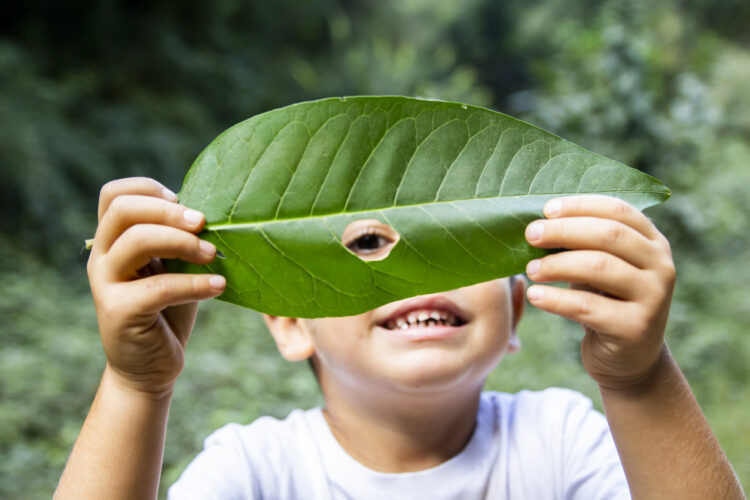
Perhaps the most important thing to recognize about natural parenting practices and baby products is that, while some are beneficial and some are exceedingly dangerous, the vast majority of available products and recommendations are fairly neutral.
For example, many of the most popular offerings are items like non-toxic changing pads, organic bedding and baby clothes, and eco-friendly bottles. These items are harmless, but they’re also expensive and not necessarily better than mainstream products. Unless your child has unusually sensitive skin or other allergies, there’s nothing wrong with just choosing whatever is available at your local store.
Just as with other products, one of the major reasons to take claims about natural baby products with a grain of salt is that the term “natural” doesn’t really mean anything. Saying something is natural or non-toxic mostly serves to imbue products with a halo of safety or goodness without actually making a positive claim – that the product actually does something, rather than simply lacking a supposedly harmful feature. Products boasting these terms typically cost more and can be harder to find, but that’s where the differences end.
Parents choose natural products because they want to protect their children, but given the dangers we all face, it’s better to concentrate on known risks than more nebulous ones. In place of buying organic soap, get your home tested for lead-based paint and install an air filter, or buy secondhand pajamas for your little one to outgrow to reduce waste, rather than contributing to a cycle of waste. There are plenty of things you can do to protect your baby, but most of the important ones won’t come branded with the words “natural” or “organic.”

